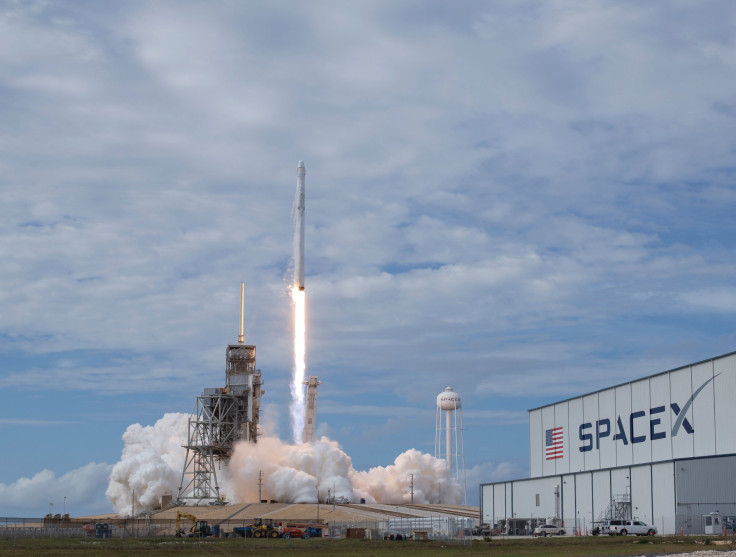SpaceX's Falcon 9 vs. Falcon Heavy And The Technical Challenges For Each

This question originally appeared on Quora. Answer by Paul Feist.
One of the main technical challenges of the Falcon Heavy vs the Falcon 9 is a feature that has been “back burnered” and will not fly on the first iteration of the Falcon Heavy. This feature caused delays early in the project - Propellant Cross Feed.
Cross feed means that the three cores are plumbed together, and the center core uses more propellant from the booster cores than it does from its own tanks, keeping the levels in the center core higher when the boosters are shut down and jettisoned. This would allow for the center core to burn longer, allowing for more tonnage to orbit.
It turned out (from what I’ve read) that this was sufficiently complicated that cross feed was shelved for now, with the intent to finish working it out later, after the basic version of Falcon Heavy is flying.
Another challenge is that they have to insure that not just 9 Merlin 1D engines light, and have exactly equal throttle settings, but that twenty seven engines light at the same moment, and have exactly equal throttle settings. This is more than triple the challenge.
Jettisoning the side boosters is also “non trivial” a challenge. They have to cut off and reach zero thrust at exactly identical rates, the center core has to cut them loose at exactly the same second, and they have to fall away safely as the center core throttles.
Attaching MORE cores complicates the challenges even more… but that’s not to say it’s impossible. The Falcon Heavy core may or may not be able to be reinforced for the greater thrust level of more booster cores. The payloads may or may not be able to stand the increased G loads of more cores. The upper stage may or may not be able to be enlarged to take advantage of greater mass (only so much can fit in the existing fairing, and only so much lengthening can be done before the center of gravity for the entire rocket is off-balanced).
There have been these challenges, and I’m sure many others this layman-space-geek has no idea about.
I am also sure that part of the long delay in launching the Falcon Heavy has been simply that getting the Falcon 9 flying reliably has been a FAR greater priority, and when work was needed to get Falcon 9 fixed, upgraded, etc, that work slowed on Falcon Heavy.












